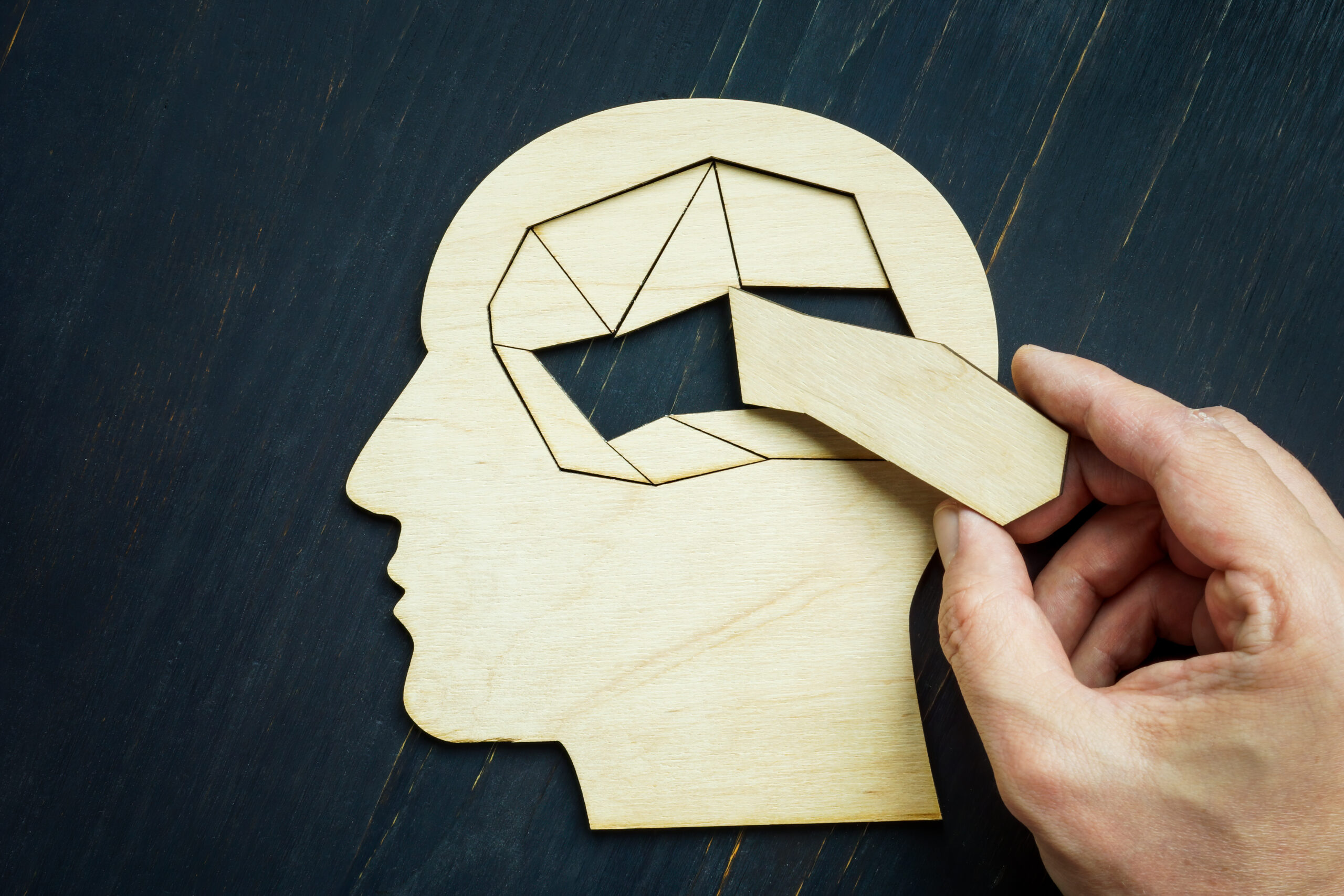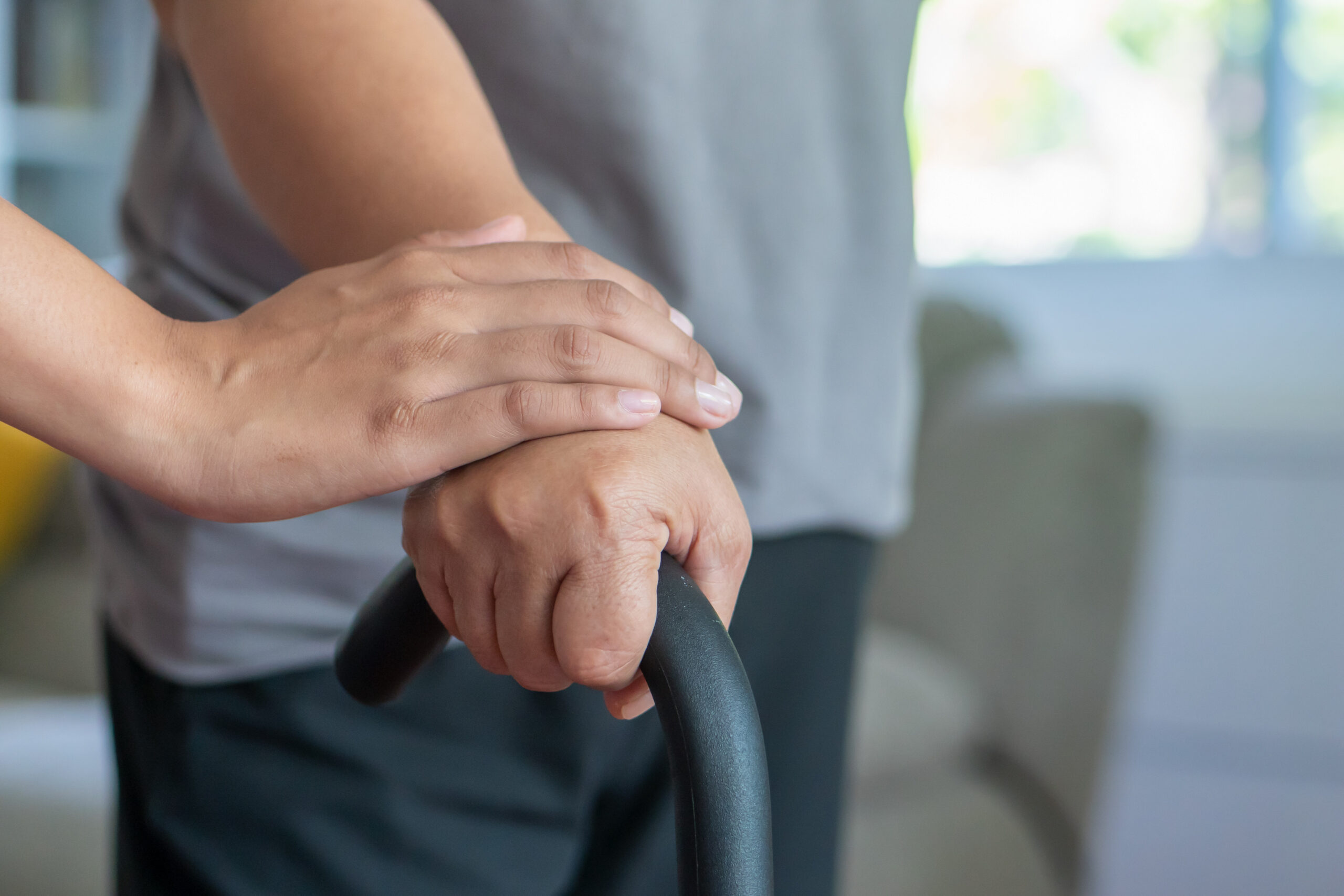Movement Disorders
Parkinson’s disease, atypical parkinsonism, tremor, dystonia, chorea, myoclonus, tics and ataxias are diverse conditions that affect movement and balance—but with clear diagnosis and a tailored plan, many symptoms can be significantly improved.

Parkinson’s disease (PD)
Loss of dopamine-producing neurons leads to tremor, rigidity and bradykinesia (slowness), often with reduced arm swing, stooped posture and gait freezing.
Assessment: detailed history and examination; medication review; consider DaTscan when the picture is unclear.
Treatment: optimisation of levodopa, dopamine agonists, MAO-B/COMT inhibitors; physiotherapy, occupational and speech therapy; falls prevention; assessment for deep brain stimulation (DBS) when appropriate.

Atypical parkinsonism (MSA, PSP, CBD, Lewy body dementia)
Parkinsonism with poor levodopa response and early additional features such as autonomic failure (MSA), vertical gaze palsy and early falls (PSP), limb apraxia/asymmetry (CBD) or fluctuating cognition and hallucinations (LBD).
Treatment: symptom-led care, targeted therapy for gait/balance, swallowing and autonomic issues; medication trials where appropriate; early multidisciplinary input and advanced care planning.
Essential tremor (ET)
Typically a bilateral action/postural tremor of the hands and forearms (sometimes head/voice), often familial.
Treatment: first-line propranolol or primidone; alternatives if contraindicated; botulinum toxin for head/voice tremor; consideration of DBS or focused ultrasound in selected cases.
Dystonia
Sustained or intermittent muscle contractions causing abnormal postures or twisting movements (e.g., cervical dystonia, eyelid spasm, writer’s cramp).
Treatment: botulinum toxin injections with EMG guidance, physiotherapy and sensory tricks; oral agents in generalised forms; genetics and copper studies where indicated.
Chorea (e.g., Huntington’s disease)
Rapid, irregular, involuntary movements that flow from one body area to another; may have cognitive and psychiatric features.
Treatment: symptomatic medications, genetics counselling/testing where appropriate, and coordinated neuro-rehabilitation and support services.
Myoclonus
Sudden, brief, shock-like jerks, focal or generalised, with many potential causes (metabolic, epileptic, degenerative, drug-induced).
Treatment: identify and treat the cause; symptomatic options include levetiracetam, valproate or clonazepam; EEG/video-EEG if epileptic myoclonus suspected.
Tics / Tourette’s syndrome
Repetitive, stereotyped motor or vocal tics, often with a premonitory urge; symptoms can wax and wane and may co-exist with ADHD/OCD.
Treatment: behavioural therapy (habit-reversal/CBIT), school/work strategies, alpha-2 agonists (e.g., clonidine) or other agents if needed; manage comorbidities.
Ataxias (hereditary/acquired)
Impaired coordination and balance from cerebellar dysfunction; may be genetic or acquired (alcohol, autoimmune, vitamin deficiency, drugs).
Assessment: blood tests, imaging and, when appropriate, genetics.
Treatment: treat reversible causes; tailored physiotherapy/OT, mobility aids; selected therapies (e.g., 4-aminopyridine in specific episodic ataxias).
How Dr Francesco Manfredonia can help
-
Accurate diagnosis: separates Parkinson’s disease from essential tremor and atypical syndromes with a careful history, examination and targeted tests.
-
Neurophysiology & imaging pathways: access to EEG/video-EEG where events suggest seizures or myoclonus; coordinated DaTscan/MRI when indicated.
-
Personalised treatment: precise medication titration, botulinum toxin for focal dystonia/tremor, and referrals for DBS or other advanced therapies when appropriate.
-
Rehabilitation focus: physiotherapy for balance and gait, occupational and speech therapy, falls prevention, driving and work advice.
FAQ
Is tremor always Parkinson’s disease?
No. Essential tremor is typically an action/postural tremor and often affects both hands symmetrically; Parkinson’s tremor is classically at rest and accompanied by slowness and stiffness.
When is deep brain stimulation considered?
In carefully selected people with Parkinson’s disease or essential tremor who remain troubled by symptoms or medication fluctuations despite best therapy.
Can exercise help?
Yes. Regular aerobic, strength and balance training can improve mobility, mood and fatigue across many movement disorders.
Do I need a DaTscan?
Only when diagnosis remains uncertain after clinical assessment. Many cases are diagnosed confidently without it.
Will I need lifelong medication in Parkinson’s?
Most people need ongoing treatment, but doses and combinations change over time. Reviews ensure benefits outweigh side-effects.
Are there cures for dystonia, chorea or ataxia?
Some causes are treatable; others are managed to reduce impact and maintain independence. A clear diagnosis guides expectations.
Can stress worsen my tremor or tics?
Often yes. Stress management, sleep optimisation and practical strategies can reduce symptom severity.
Is botulinum toxin safe?
When used by experienced clinicians it’s generally well tolerated; effects are local and temporary, and dosing is adjusted each cycle.
BOOK YOUR CONSULTATION
Book a consultation with Dr Francesco Manfredonia (Dr FM) for clear diagnosis, compassionate care and a plan built around your life and goals.
